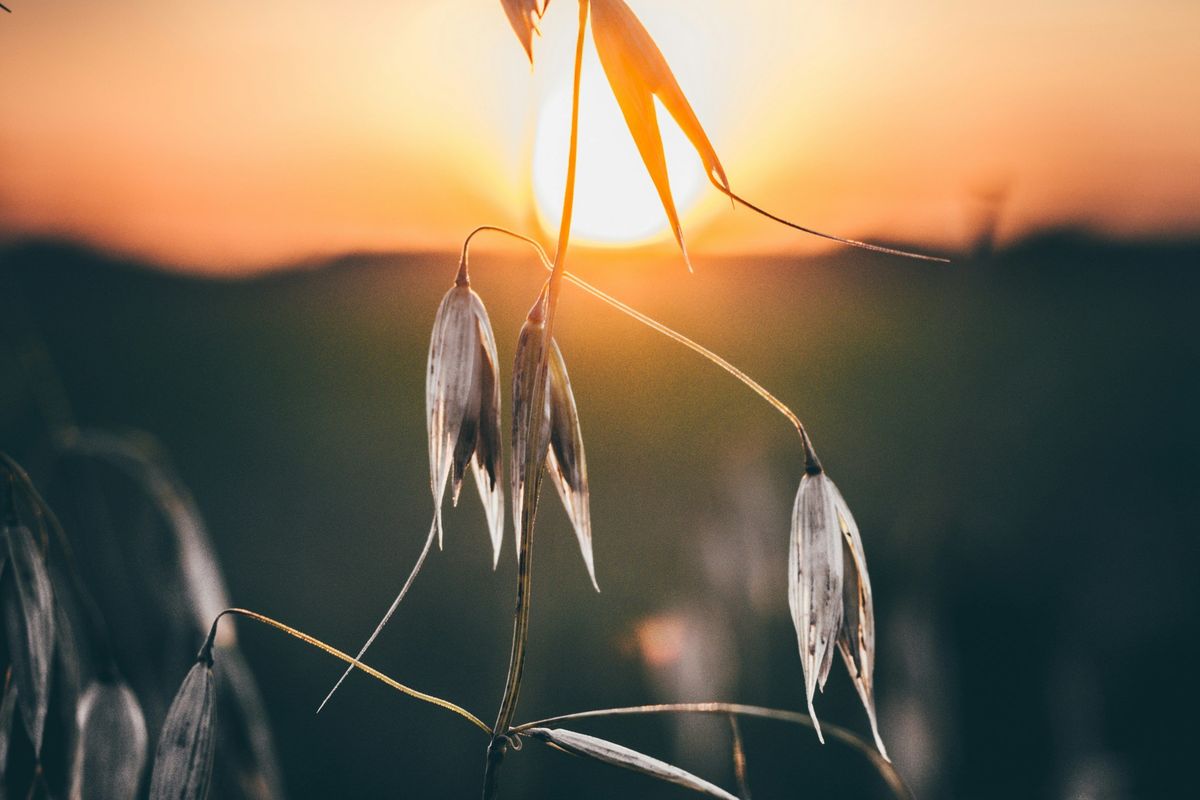This is how El Niño is affecting California's devastating drought.
California's drought is far from over.

Death Valley hasn't looked all that much like death lately.
The California hotspot is the warmest, driest place in North America.
But from these gorgeous pics, you might not know it.
That's because Death Valley is in the midst of a "superbloom."
It's exactly as what it sounds like.
Every decade or so, the conditions are just right for this beautiful landscape to dwarf the typically barren, eastern California countryside.
But how can this be when we all know California is in a no-good, historic, can't-water-the-lawn drought right now?
It turns out El Niño — a weather pattern not generally known for leaving good news in its wake — had a bit of input this year.
The high amounts of rainfall resulted in this beautiful landscape:
To give you a little perspective, Death Valley on average sees a mere two inches of rain a year. So while El Niño didn't bring weeklong downpours to California, it definitely dropped enough precious water for Death Valley to look a little less barren.
Beyond Death Valley, El Niño is making a mark on California, which is in critical need of some H2O.
The Golden State is facing a major water crisis. Its drought, which has plagued the state since 2011, is the worst in over a century. And an El Niño — which happens every few years, when a warming Pacific Ocean brings exceptionally wet and stormy winters to the West Coast — has meant much-needed relief to parts of Northern California.
Although El Niño is certainly not a weather pattern to celebrate — it's caused dangerous flooding in San Diego (not to mention complete devastation in many other regions of the world) — it's difficult for Californians to pass up a good rain shower.
If any place needed the water, it was Shasta Lake, near Redding, California.
Things are looking up for Folsom Dam, northwest of Sacramento, too.
Feeling left out, Lake Oroville has bulked up as well.
And the Sierra Mountains? They're a lot whiter than they were in 2015.
The Sacramento River is running wetter than it has been throughout much of the last several years.
But don't be fooled: California's drought is far from over. And El Niño has actually been a bit of a bust, all things considered.
Just ask the folks in SoCal.
Despite the cheery pics and tweets above, El Niño has been relatively disappointing thus far for Californians, particularly in the southern portion of the state (there could be an early spring miracle, but I wouldn't hold my breath).
While January brought welcomed wet weather, February was pretty much as dry as a bone.
A dying Joshua Tree in California.
"This year so far we haven’t had anything to write home about in Southern California," Tony Barnston of the Institute for International Research on Climate and Society told Mashable last month. "It’s been near normal, which is not good enough."
The crisis in California is a bleak reminder that a warming planet means more water scarcity.
Although climate change isn't single-handedly to blame for the Golden State's water woes, research found there's little doubt it's definitely exacerbating the problem.
This was Folsom Lake reservoir back in September 2015, when it was standing at only 18% capacity. Photo by Mark
But California is far from a one-off situation. Climate change is altering eco-systems (on land and under water) basically everywhere. And that has meant more wildfires, economic losses in agriculture, and, of course, severe droughts affecting millions of people across the globe.
That's why World Water Day (March 22) is so crucial.
Launched by the United Nations in 1993, World Water Day is an annual event that draws attention to how communities around the world are affected by water-related issues.
It's a worthy cause because — regardless if you live in Southern California or Sub-Saharan Africa — water is a precious resource none of us should take for granted.
Learn more about how you can get involved in World Water Day here.





 Millennial mom struggles to organize her son's room.Image via Canva/fotostorm
Millennial mom struggles to organize her son's room.Image via Canva/fotostorm Boomer grandparents have a video call with grandkids.Image via Canva/Tima Miroshnichenko
Boomer grandparents have a video call with grandkids.Image via Canva/Tima Miroshnichenko
 Smiling at work, checking messages during a break.
Smiling at work, checking messages during a break. Man focused on his phone screen, deep in thought.
Man focused on his phone screen, deep in thought. Focused multitasking at the office.
Focused multitasking at the office.